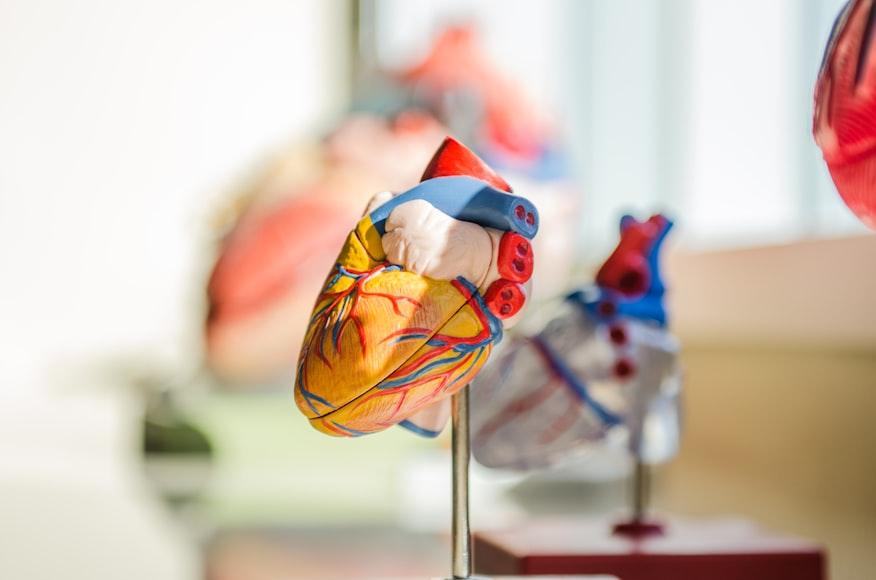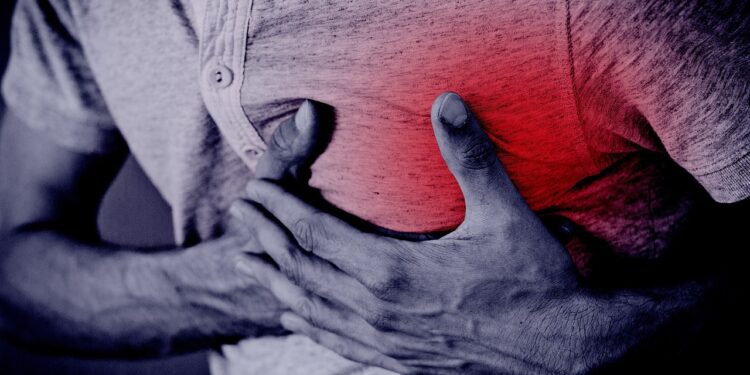Coronary Artery Disease (CAD) is one of the leading causes of death around the world. According to the National Library of Medicine, “it is the third leading cause of mortality worldwide and is associated with 17.8 million deaths annually.” In a case of CAD, the arteries that transport blood to the heart become narrow or blocked by plaque buildup, making it harder for blood to reach the heart. The disease not only affects people’s health but also puts a lot of pressure on healthcare systems. Let’s look at the symptoms and causes of this disease.

The Process of Coronary Artery Disease
Coronary artery disease starts when cholesterol and fats in the blood begin to stick to the walls of the arteries which transport blood to the heart. Over time, they form hardened plaques which cause the arteries to become narrow. As this plaque builds up, the arteries become narrower and less flexible, making it harder for oxygen-rich blood to flow through the arteries to the heart.
When the coronary arteries are too narrow, the heart won’t get enough oxygen and nutrients, especially while doing something active. This can cause chest pain, one of the symptoms of CAD. Sometimes, the plaque can rupture, causing a blood clot to form. If the blood clot unfortunately gets too large, it can block the artery, leading to a heart attack.
Symptoms of Coronary Artery Disease
- Chest pain (angina)
- Shortness of breath
- Fatigue (feeling very tired)
- Pain in the arms, neck, jaw, or back
- Dizziness
- Nausea
- Sweating
Causes of Coronary Artery Disease
Asides from the formation of plaques, also known as atherosclerosis, obstructing the arteries, there are other causes of coronary artery disease.
High cholesterol: There are two types of cholesterol you need to know about. LDL is bad cholesterol, which is the type that forms, plaques, and clogs up the arteries. While HDL is the good cholesterol, the ones that remove bad things from the blood. If your LDL is high, and your HDL is low, that is a really bad thing.
High blood pressure: Having a high blood pressure damages the walls of the arteries. Once the walls of the arteries are damaged, it becomes easier for plaques to form.
Smoking: Smoking is a major cause of CAD. The chemicals in cigarettes damage the arteries and make it easier for plaques to build up. Smoking also reduces the amount of oxygen in the blood, which increases blood pressure.
Diabetes: Having diabetes means that your blood sugar level is high, and over time, this can damage the blood vessels. People with diabetes are more likely to have high cholesterol and high blood pressure, which are both big contributors to coronary artery disease.
Being overweight: Carrying extra weight, especially around the belly, can put you at risk for coronary artery disease. When you are overweight, it is easier to develop conditions like high blood pressure, high cholesterol, and diabetes, all of which increase your chances of getting heart disease.
Lack of exercise: When you don’t work out, you are more likely to gain weight, and as explained, gaining weight leads to other factors that contribute to this disease.
Unhealthy diet: It’s no news that when you eat lots of junk food, you are more likely to become obese. Being obese is also a risk factor for coronary artery disease.
Family history: Sometimes heart diseases run in the family. If your parents or siblings have had coronary artery disease, especially at a very young age, there’s a good chance that you might be at risk too, because it’s in your genes.
Conclusion
If you start feeling chest pain, shortness of breath, or get tired easily without a clear reason, that’s when you should definitely see a doctor. Also, if you notice pain in your arms, neck, or jaw, or if you feel dizzy or lightheaded out of nowhere, those are signs you don’t want to ignore. It’s better to get checked out sooner rather than later, just to make sure everything’s okay with your heart.

















